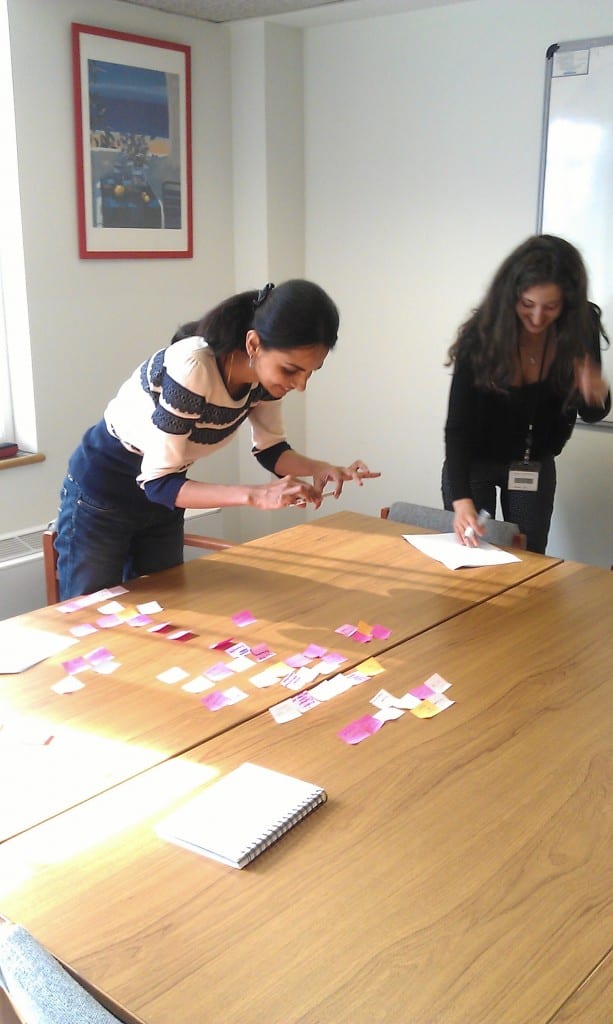Bridge to China summer update
By Chris J Dillon, on 20 September 2013
The summer has been a busy time for Bridge to China, as it was necessary to presume that the two students working on the Mandarin conversations, Binqian Cai and Ting Zhang, would not be available after the end of October.
42 of the roughly 50 conversations are now online: Bridge to China conversations
Phew!
The conversations follow Mr Smith’s trip to Beijing to attend a conference and also a short return visit to UCL of the Chinese people he meets at the conference. The story is loosely based on a trip to Beijing I made in April this year, but any resemblance to people living or dead …
The conversations are colloquial and natural, and so all fall into the intermediate and advanced levels (which is not yet indicated). I’m not aware of a similar free resource (or paid one, come to think of it).
So, what now?
- There is grammar in the conversations which was not adequately covered in the earlier voluntary grammatical work. I intend to work with students to fill these holes (which currently are filled by notes in the vocab sections).
- I intend to work with volunteers to proofread what has been done.
- Once the texts are finalised, I aim to get them recorded by native speakers.
- I’m currently considering what sort of exercises it would be good to add.
- Recently there has been some interest in adding other types of content furthering UCL-Chinese relations.
- Help on any of these aspects gratefully received!
Incidentally, the picture is the Beijing Dazhalan Branch of 星巴克 Xīngbākè (星 xīng = star; 巴克 bākè “the sound ba + conquer” is a go at “bucks”; one presumes it wasn’t clear what bucks meant!), where we can imagine Mr Smith having his coffee in: Ordering a coffee in a café
 Close
Close





